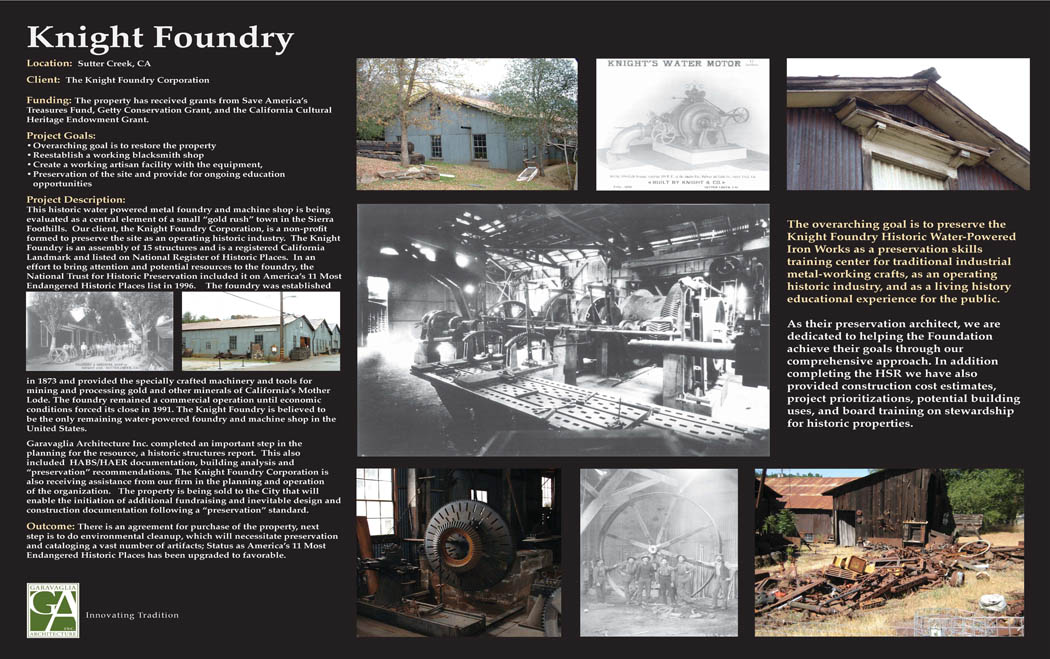On December 8, 2009, Oakland City Council voted unanimously to adopt the Mills Act historic property tax abatement as a permanent program. The program had been in a pilot phase for two years only open to residential properties while the City assessed the program. The fully adopted program has been expanded to also include 2 or 3 commercial properties per year. The new legislation allows for larger commercial buildings located in downtown Oakland to be eligible for the program and there is a provision for commercial buildings from other parts of the city if they get special permission from Oakland City Council.
Oakland Heritage Alliance, a local non-profit, lobbied heavily for the program as a way to kick start revitalization and give individual homeowners incentives to become stewards of their historic properties. At least four or five presidents of OHA, and dozens of board members, have worked for years to get this implemented.
Dea Bacchetti, Garavaglia’s Marketing Manager and current President of Oakland Heritage Alliance says: “OHA owes a huge debt of gratitude to JoAnn Pavlinec of the Planning Department and to Betty Marvin of the Cultural Heritage Survey, as well as to Eric Angstadt, Planning Director, for having continued to work on this idea over the past four years. JoAnn and Betty applied for the city’s original National Trust for Historic Preservation’s Johanna Favrot grant that got the pilot program started. It was great to have the Landmarks Board’s ongoing strong support, and the Planning Commission was enthusiastic as well.”
Vice Mayor Ignacio De La Fuente sponsored the legislation and it was supported by the local developers of the Oakland Builders Association, with John Protopappas of Madison Park Financial also putting in a supporting letter. The hope is that in speaking with property owners, realtors, and developers, folks will keep in mind that the best way to keep this program active will be to make sure there are applicants to use it. Spread the word!

